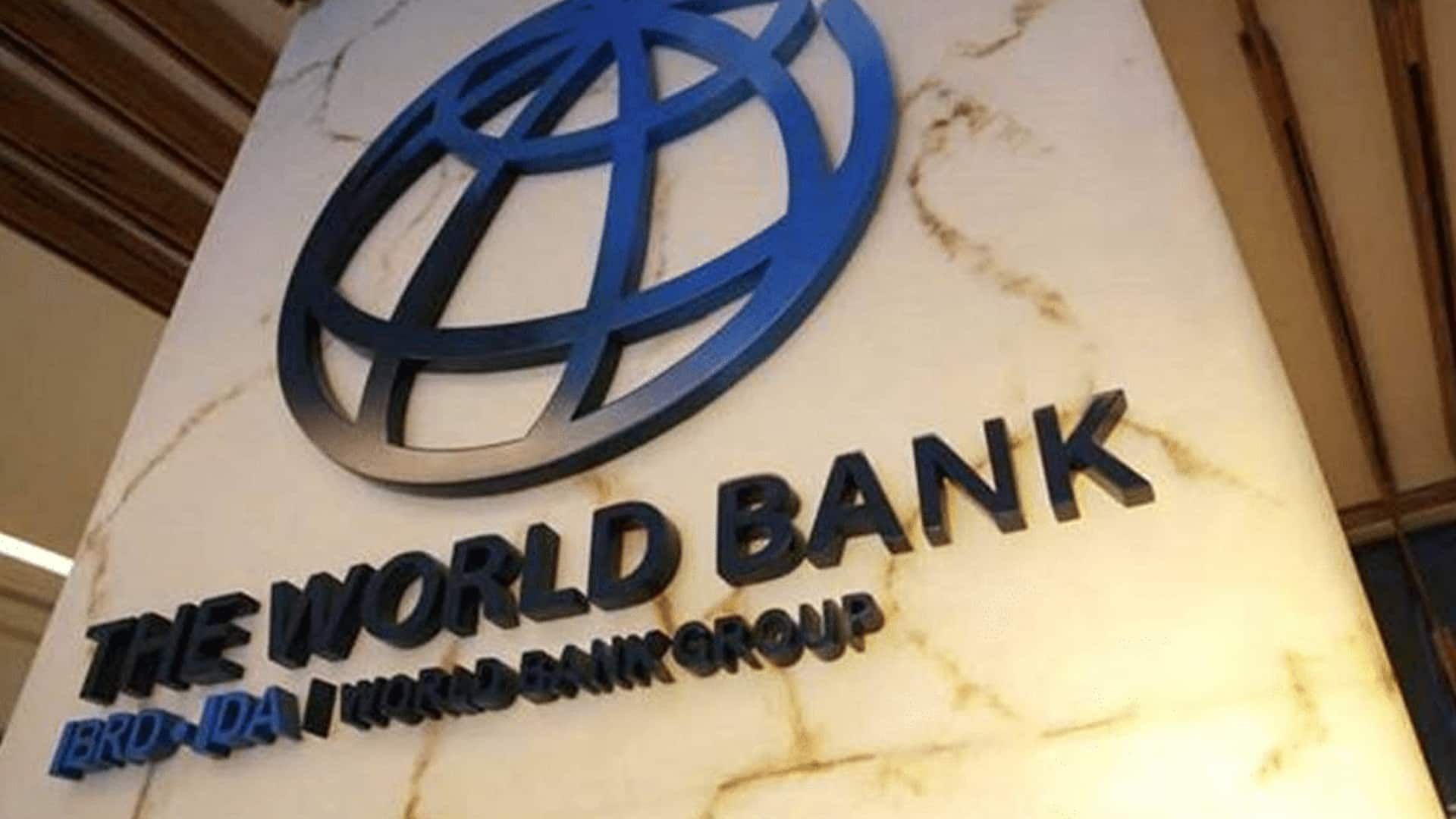
India lifted 171M people from extreme poverty between 2012-2022
What's the story
The World Bank has reported that India successfully lifted 171 million individuals out of extreme poverty between the years of 2011-12 and 2022-23.
This significant achievement is detailed in the organization's 'Poverty & Equity Brief' on India.
The report states, "Over the past decade, India has significantly reduced poverty." It further adds, "Extreme poverty (living on less than $2.15 per day) fell from 16.2% in 2011-12 to 2.3% in 2022-23."
Statistics
Rural and urban poverty rates saw substantial reduction
The World Bank report also emphasized a drastic decline in rural and urban extreme poverty rates. The rural extreme poverty rate declined from 18.4% to 2.8%, and the urban rate fell from 10.7% to 1.1%. This narrowed the rural-urban gap from 7.7% to 1.7%.
Economic transition
India transitions to lower-middle-income category
The World Bank's report also highlighted India's shift into the lower-middle-income category.
Using the $3.65 per day LMIC poverty line, it observed that poverty declined from 61.8% to 28.1%, pulling another 378 million people out of poverty in the same period.
The rural and urban poverty rates declined from 69% to 32.5%, and from 43.5% to 17.2%, respectively, narrowing the rural-urban gap by 10 percentage points with an annual decline of 7%.
Contributions
Five states contributed to the decline in extreme poverty
The World Bank's report highlighted that India's five most populous states - Uttar Pradesh, Maharashtra, Bihar, West Bengal, and Madhya Pradesh - made up 65% of the country's extreme poor in 2011-12.
They contributed heavily to two-thirds of the overall decline in extreme poverty by 2022-23.
However, they still made up 54% of India's extremely poor (2022-23) and 51% of the multidimensionally poor (2019-21).
Trends
Shift in employment patterns
The World Bank report also noted a shift in employment patterns. Since 2021-22, employment growth has outpaced the working-age population with rising rates, especially among women.
However, youth unemployment continues to be a challenge at 13.3%, rising to 29% among tertiary education graduates.
The report also observed that only 23% of non-farm paid jobs are formal while most agricultural employment remains informal.